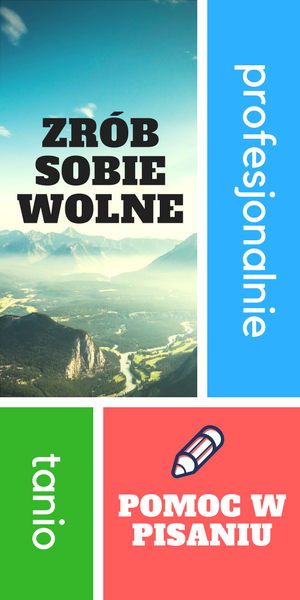
3. Sales Promotion
Sales promotion is an incentive for buyers applied for a short time. It involves presenting customers with a distinctive offer in the specified time interval. It is primarily used for the disposal of stocks of goods, encouraging to make trial purchases, increasing the product knowledge, etc. Thanks to it you can give a client an incentive to immediate purchase.
Examples: contests, drawings, shows, coupons and discounts (they lower the perceived price of the product, so be aware), bonuses, samples programs for loyal customers.
4. Public Relations
Public relations is a non personal form of arousing customer’s interest by reaching positive judgment about the product or the company. The information transmitted this way is of a high credibility, because potential customers will get it from the media, which are seen as objective and they are not associated with the company. It may have much stronger influence than advertising, that is why it is worth to send press releases, publish articles in professional journals, run press conferences, advocate for useful initiatives, organize events, etc. However, you should keep in mind the fact that these actions are unpredictable, and the company has no guarantee as to what and how the media will tell about it (i.e. the message can be a negative one).
Quite a practical instrument is to create a letter of questions and answers. If a press conference is in connection with the introduction of a new product, it is worth to have such a list. There should also be present different kinds of excuses for awkward questions.
Examples: press releases, sponsorship of events, press conferences, public speeches.
An important element of the promotion is also packaging. Commonly known was a problem of choosing an appropriate box for the Macintosh. An elegant and eye-catching appearance of the package is very important in the point of sale of the product. Customers can see them on the shelves, but also in the shopping baskets of other people.
The marketing plan usually involves the use of several different tools in at least one campaign. However, you should take care that the message is consistent and not puzzling for your recipient. While planning and carrying out all activities related to the promotion of the product you cannot forget about rewarding sales agents.
Generally, there are two strategies for promotion. The first is called push strategy. Here, the main emphasis is put on the way individual participants of distribution are reached, for example, manufacturer touting wholesalers to purchase, and they tout retailers who in turn sell the goods to customers. It is applied in the case of consumer goods.

The second strategy is a pull strategy, which involves touting the customer to buy directly through manufacturer .The company concentrates, here, on the end buyers. Such a strategy is used by companies with strong brands. The most important in this case is the advertising in the mass media.

In practice, the most common strategies combine features of both types mentioned above. This is due to the fact that if the company would like to use only one strategy it would have to define rigidly the recipients of its marketing actions and customize the form of promotion exclusively for them.
If the promotion is to reach high effectiveness you should (Pomykalski 2001: 152-153):
- know the needs of buyers, their purchasing motives, habits, prejudices, attitudes to innovation, susceptibility to the emotional and rational arguments to promotions and the way they are communicated;
- define the objectives and expected effects of marketing actions;
- use relays of promotions best suited to the characteristics of buyers, their number and location;
- find attractive ideas, relevant arguments, easily retained slogans and use the understandable and persuasive language;
- coordinate promotion with other elements of the marketing mix;
- estimate the probability of the effectiveness of promotional activities before their widespread use;
- analyze impact of the conducted promotion on buyers’ behaviour, demand shaping, customize programs to the production and sale of goods and services;
- analyze the results of the promotions, evaluate their effectiveness;
- commit financial resources for promotions to achieve the goal and gain advantage over competition.
Polecany poradnik - zawiera wzory i przykłady
Zobacz spis treści (PDF)
Jak szybko napisać plan marketingowy (EBOOK)





